Utah’s Increase in Dog Bites in 2025
According to Dogbites.com, there are nearly 1,000 people bitten by dogs per day, and many of these people end up being hospitalized after the dog bite. And according to the
According to Dogbites.com, there are nearly 1,000 people bitten by dogs per day, and many of these people end up being hospitalized after the dog bite. And according to the

Unfortunately, traumatic events, like car accidents and dog bites, happen every day. They can’t be escaped, and since we often have our children with us, they are involved in these
On March 24th, 2025, Holly Murphy, 56, was at her friend’s house in Salt Lake City. While she was there, she was feeding her friend’s dog a donut, when

After you have been in an accident or been injured, you will want to set up an appointment with an attorney. If you have not been to a consultation with

Construction law covers every aspect of the construction industry. Understanding the basics is essential if you’re working on a construction-related project. Knowing your legal rights and responsibilities can help ensure
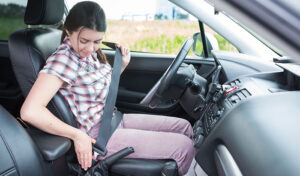
Seat belt syndrome is the nickname for medical conditions that result from seatbelt injuries sustained in a car crash. Seat belt injuries range from whiplash to blunt force trauma and
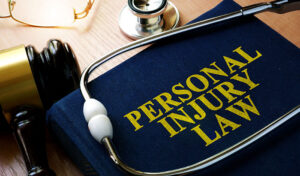
Every accident should be treated with seriousness, but it’s important to recognize the differences between semi-truck accidents and car accidents. Semi-truck accidents can be a significant cause of concern on
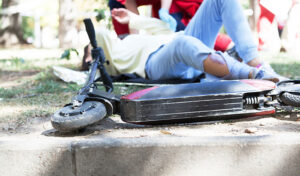
Scooter accidents are far more common than you might think but they don’t come without their risks. Just like with cars, scooter accidents can happen at a moment’s notice.
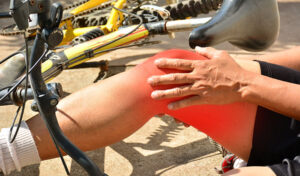
Cycling is a great activity that counts as fun and exercise. Whether you’re hitting up some trails for fun, exercising, or riding your bike to a specific destination, it’s a

Wrongful death claims are for individuals who have lost a loved one due to someone else’s negligence or misconduct. Wrongful death claims compensate the survivors of the deceased for things
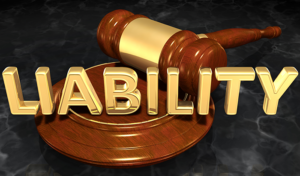
If the word liability scares you, it’s a good idea to go over some examples of liabilities. Knowing and understanding what a liability is and what liabilities you have can
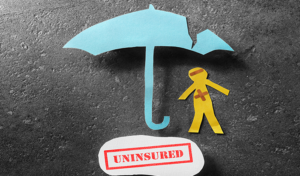
Utah is a no-fault state, so what happens when an uninsured driver is in an accident? Being uninsured is against the law, but being in a no-fault state changes the
UTAH INJURY LAWYERS
Flickinger • Boulton
• Robson • Weeks
PROVO OFFICE
3000 N University Ave
Suite 300
Provo, UT 84604
SOUTH JORDAN OFFICE
10393 S. Temple Dr.
Suite 103
South Jordan, Utah 84095
OFFICE HOURS
Monday- Friday: 8AM-5PM
Saturday-Sunday: Closed
*Disclaimer: the information provided by this website is for informational purposes only and should not be considered legal advice or a substitute for competent legal counsel.
**SMS consent and contact phone numbers will not be shared or sold to third parties or their affiliates for any purpose.
© 2025 All Rights Reserved.